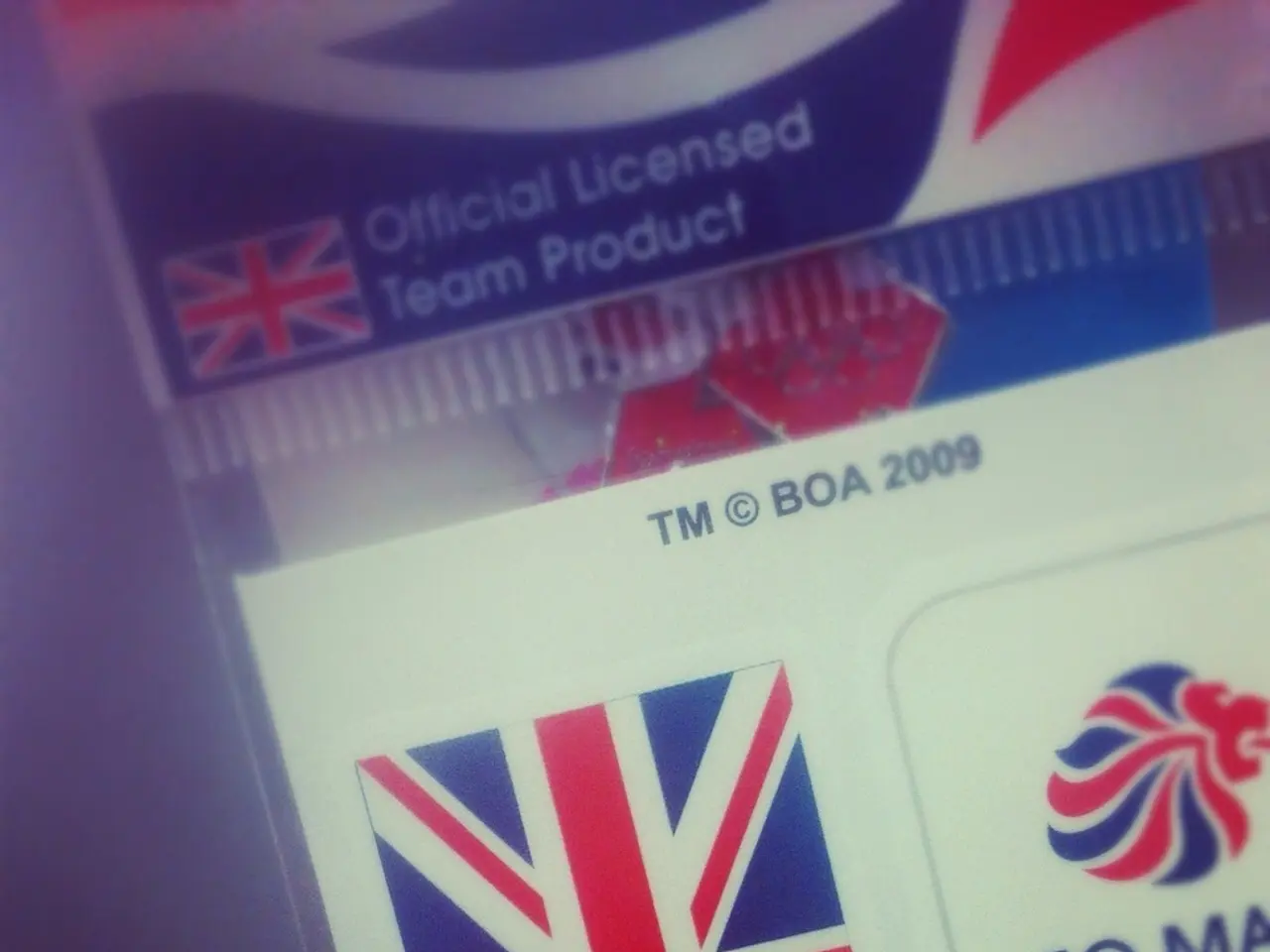Filing Requirements for Independent Contractors' Tax Documents
In the ever-evolving world of work, the relationship between employers and freelancers is becoming increasingly common. This shift brings about new responsibilities, particularly when it comes to tax compliance. Here's a guide to understanding the key forms and obligations for both parties.
For Employers (Businesses Hiring Freelancers)
When working together in the United States, employers and freelancers must handle specific tax forms to comply with IRS regulations. Employers must first have freelancers fill out Form W-9 to collect their Taxpayer Identification Number (TIN) and other essential information. This form certifies the freelancer’s status as an independent contractor, not an employee.
If the employer pays a freelancer $600 or more in a tax year, the employer must file Form 1099-NEC to report payments made to the freelancer. The employer files this with the IRS and sends a copy to the freelancer by January 31 of the following year. It's important to note that Form W-2 is not used for freelancers because they are not employees.
For Freelancers
Freelancers should complete and submit Form W-9 to each client who hires them to provide accurate tax information. When receiving Form 1099-NEC from clients, freelancers must use the information to report their income on their tax returns, typically on Schedule C (Profit or Loss from Business) with Form 1040. Freelancers are responsible for paying self-employment taxes, including Social Security and Medicare taxes, since these are not withheld by employers.
Summary Table
| Role | Tax Form | Purpose | |-----------------|---------------------------|----------------------------------------------| | Employer | **Form W-9** | Collect freelancer's TIN and information | | Employer | **Form 1099-NEC** | Report payments to freelancers > $600/year | | Freelancer | **Form W-9** | Provide TIN and certification to employer | | Freelancer | **Use received 1099-NEC** | Report income on tax return, pay self-employment taxes |
As the new year rolls around, employers will be responsible for sending 1099 forms to their contractors. It's best to start the tax process right away to ensure timely tax reporting.
In some instances, an international contractor may need to complete a Form W-8 instead of a W-9. If you pay your freelancers through online platforms like PayPal or Venmo, they may need a Form 1099-K instead of a 1099-NEC.
The cost benefits of hiring freelancers include lower personnel costs due to less tax burden compared to full-time hires. However, it's crucial to establish clear contracts and agreements before starting work with a freelancer, including a contract and/or Statement of Work (SOW), a Non-Disclosure Agreement (NDA), payment information, and a W-9 form.
ClearVoice offers a content strategy session to help establish a content marketing plan for your website, which can be particularly useful in managing the content produced by freelancers.
By understanding these tax obligations, employers and freelancers can navigate their working relationship with confidence and compliance.
Freelancers, when working with employers in the technology-driven lifestyle sector, may find themselves needing to complete and submit Form W-9 to each client for accurate tax information. Should a freelancer receive Form 1099-NEC from a client, it's essential to use the information to report earnings on their education-and-self-development journey, particularly when filing tax returns.
In the realm of finance, freelancers must bear the responsibility of paying self-employment taxes, including Social Security and Medicare taxes, as these are not withheld by employers, further emphasizing the importance of understanding their tax obligations to ensure compliance and a smooth working relationship with their employers.




